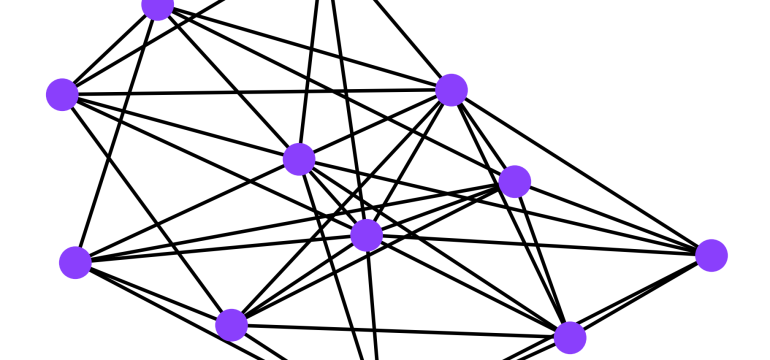Authors: Robert J. Banks, Ehsan Haque, Farah Nazef, Fatima Fethallah, Fatima Ruqaya, Hamza Ahsan, Het Vora, Hibah Tahir, Ibrahim Ahmad, Isaac Hewins, Ishaq Shah, Krish Baranwal, Mannan Arora, Mateen Asad, Mubasshirah Khan, Nabian Hasan, Nuh Azad, Salgai Fedaiee, Shakeel Majeed, Shayam Bhuyan, Tasfia Tarannum, Yahya Ali, Dan E. Browne, P. A. Warburton
Published on: June 17, 2023
Impact Score: 8.07
Arxiv code: Arxiv:2306.10365
Summary
- What is new: Linking time-independent Hamiltonians with thermalisation to predict continuous-time quantum walks’ performance for MAX-CUT, and extending these predictions to time-dependent settings.
- Why this is important: Understanding how to effectively use continuous-time quantum algorithms for solving combinatorial optimization problems like MAX-CUT.
- What the research proposes: Exploiting the relationship between Hamiltonians and thermalisation to make heuristic predictions about the performance of quantum walks based on the number of triangles in the MAX-CUT graph, and extending these methodologies to time-dependent scenarios.
- Results: A novel understanding of the role of unitary dynamics in continuous-time quantum algorithms for tackling combinatorial optimization problems.
Technical Details
Technological frameworks used: Continuous-time quantum walks, Floquet systems
Models used: Time-independent and time-dependent Hamiltonian models
Data used: Graph structures of the MAX-CUT problem
Potential Impact
Quantum computing, optimisation solutions for tech companies, logistics, financial modeling, and cryptography markets
Want to implement this idea in a business?
We have generated a startup concept here: QuantOptima.


Leave a Reply